#staghorn sumac
Text

Keeping warm and snug, even as the weather grows cold ❄️
#winter#birb#watercolor art#parrot#birdblr#pionus#staghorn sumac#pine tree#white pampass grass#toro#picshuas
93 notes
·
View notes
Text

American Robin on staghorn sumac
Brooklyn Bridge Park, Pier 1
#birds#birding#urban birding#nuts_about_birds#birdstagram#patch birding#nature blogger#nyc nature#brooklyn#brooklyn bridge park#nyc#nature#robin#american robin#sumac#zumaque#staghorn sumac
84 notes
·
View notes
Text

Daphne as Staghorn Sumac (2019), oil, 20x30in
24 notes
·
View notes
Photo

Creative Gardens, 1986
#vintage#vintage interior#1980s#interior design#home decor#garden#landscaping#design#grass#herbs#staghorn sumac#tree#bench#modern#Japanese#style#home#architecture
754 notes
·
View notes
Text

Mab’s drawlloween club day 3: werecat
“Mountain Lions Are Murder Gardeners”
Description: Mountain lion skull garlanded with staghorn sumac and wild blackberry (favourite foods of their prey, white tailed deer).
Inspired by a study on how the North American mountain lion strategically composts the remains of its meals to encourage healthy plant growth which attracts deer, their main prey in Ontario. The study found the soil in the composting areas of mountain lions had 30% more nitrogen than the surrounding forest.
#bane folk#mabsdrawlloweenclub#inktober#mountain lion#cougar skull#puma concolor#staghorn sumac#rhus typhina#wild blackberries#botanical illustration#pen and ink
24 notes
·
View notes
Photo

Staghorn Sumac (Rhus Typhina)
Utrecht, Netherlands
#photographers on tumblr#nature#flora#leaves#autumn#fall#otoño#staghorn sumac#rhus typhina#utrecht#netherlands#original photographers#original photography
124 notes
·
View notes
Text
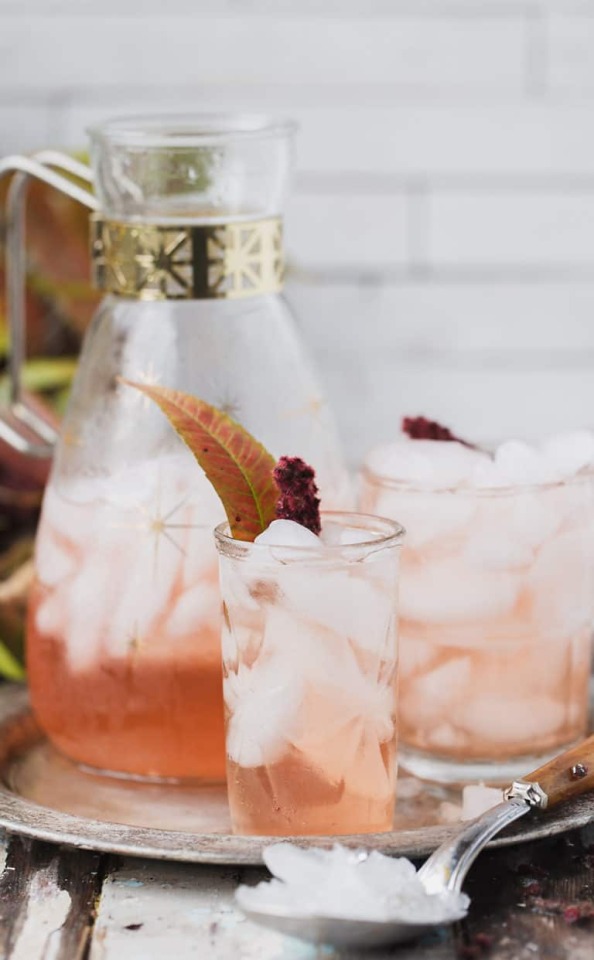
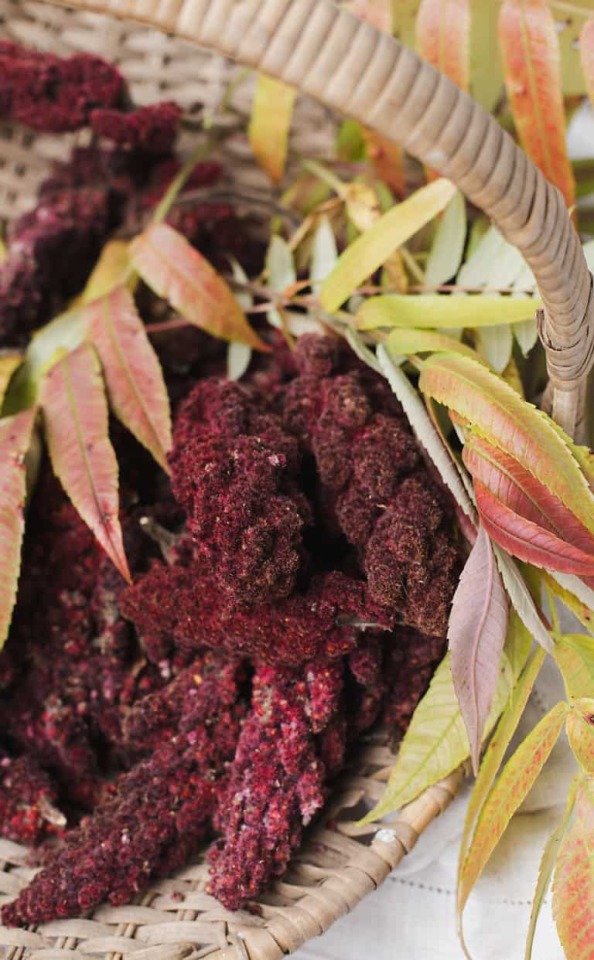
Staghorn Sumac Lemonade
14 notes
·
View notes
Text
Walk With Me: 1/1/2023
Part of my personal superstition about the new year is that what I do on the first of January will have an impact on the entirety of the year ahead. With that in mind, my partner and I knew that we wanted to head out for a new year's walk. We both are deeply connected to the earth and ground best by being outside. Luckily, there is no shortage of places to get in a wonderful time in the woods nearby to where I live.
My partner had been wanting to take me to a semi-local old mineral mine that they found a while back while hiking with some friends. First, we approached from the cliffside which gave me a gorgeous view of the old stones of the mountainsides and my favorite of all of the evergreens, Eastern White Pine. I've written about Eastern White Pine a bunch in the past - it is a native to my area of the Northeast and I love to use it to make infused vodka. It's also quite good in all types of cooking - we've even added it to batches of fire cider in the past.

After scouting out the remains of the mine from above, we followed the trail around and down into the bowl below. This is a very old mine and it has been reclaimed by much of the vegetation that is native to this area (and some that aren't). I was particularly enamored with the beautiful Staghorn Sumac (Rhus typhina) that was growing tall and proud in the meadow space.
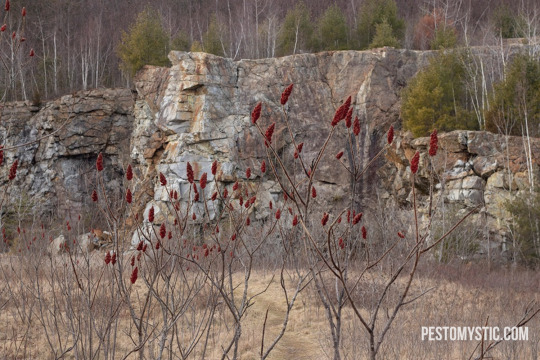
Here in the bowl left by the former excavations, we were mostly following deer trails through the foliage. The deer had munched on the closest staghorn, leaving behind long strange spirals at the tops of the plants. Staghorn sumac is edible and has many medicinal properties. As a spice, sumac is popular in a lot of Middle Eastern cuisines. I've been meaning to harvest some but want to be certain to find a place where the sumac will be free of toxins before trying it out.

Staghorn sumac wasn't the only edible plant that I found nearby. We also found some Cattails growing along the frozen pond. I've been told that Cattails are more of a survival food and that they are considered to be an acquired taste (at best) but I still would like to try some if I can source them safely.
On the less native side, many of the plants were covered in our local menace: Oriental Bittersweet (Celastrus orbiculatus). Bittersweet is extremely invasive in my area and every year it chokes out and brings down monstrous trees that have been alive for hundreds of years. It's sad to see Bittersweet so far out into the wilderness as we are here.

Sadly, it was not the only invasive that I found. Somehow, out in the middle of the woods on a game trail, we came across Rosa multiflora. This is a highly invasive Asiatic rose that is supposed to be all over my area but I rarely see it. I suspect that it is just less showy than Rosa rugosa. I almost didn't recognize it because its hips were so tiny!
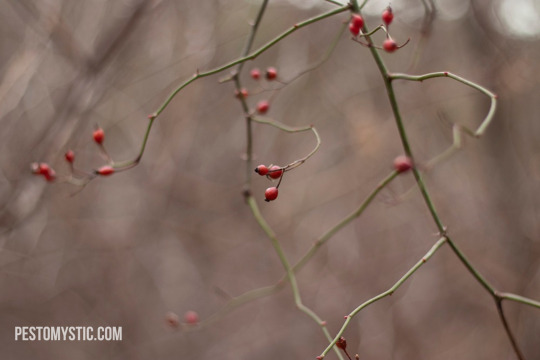
In any case, it was nice to see some color in the world. January is filled with many shades of gray and brown that are only sometimes broken up by the omnipresence of our many evergreens. Though I appreciate our pines, spruces, firs, and mountain laurels - it's nice to see a splash of red in amongst the forest. It is a reminder that even in winter, food can be found. And that soon enough, the ground will thaw and the cycle will be reborn anew.
#words#mine#photography#walk with me#woods#forest#New England#plant spirits#Eastern White Pine#Rosa multiflora#Oriental Bittersweet#Staghorn sumac#Cattails#January#Winter
14 notes
·
View notes
Text
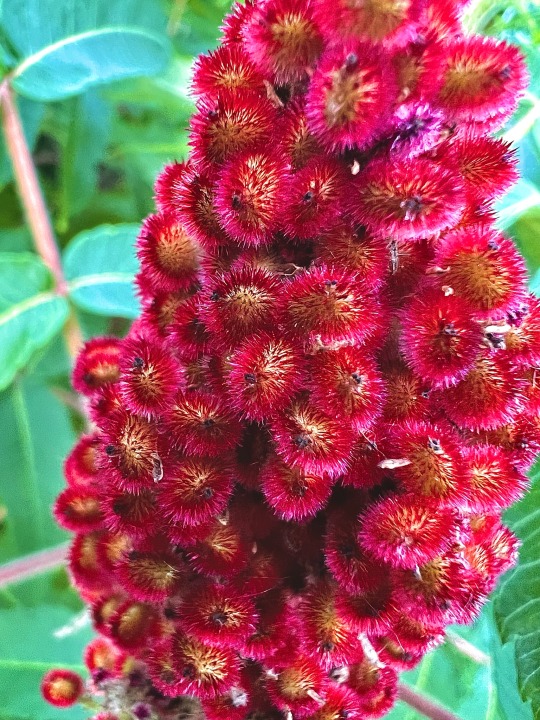
Staghorn Sumac
#my photos#photography#adventure#exploring#minnesota#kcdrummergirl#hiking#outdoors#wild flowers#woods#green#red#yellow#sumac#staghorn sumac
10 notes
·
View notes
Text

Staghorn sumac! 🦌 Rhus typhina is native to North America and can be used to make a natural red dye.
#my art#art#artist#artists on tumblr#original post#sumac#staghorn sumac#rhus typhina#botanical art#botanical illustration#botanical illustrator#illustration#digital illustration#botanical drawing#plant#nature#plant art#nature art#cottagecore#cottagecore art#cottagecore artist#cottagecore aesthetic#plants#plantblr#garden#gardenblr
5 notes
·
View notes
Text
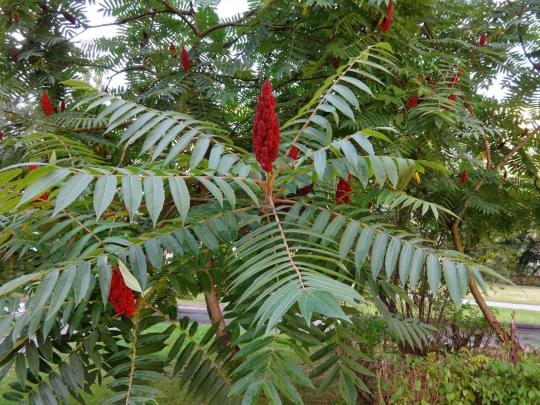


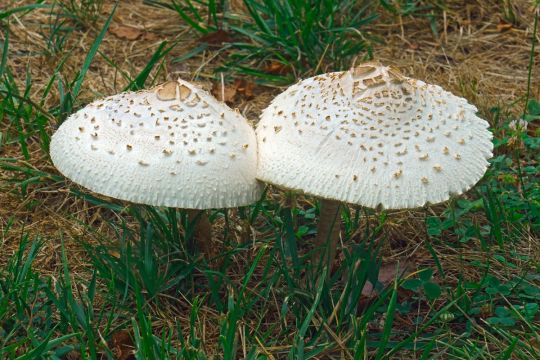
New Plant And Fungi!
Plant
1. Staghorn Sumac
Fungi
1. Weeping Widow
2. Common Inkcap
3. False Parasol
1 note
·
View note
Photo


Staghorn sumac, Rhus typhina. April 2022.
1 note
·
View note
Photo

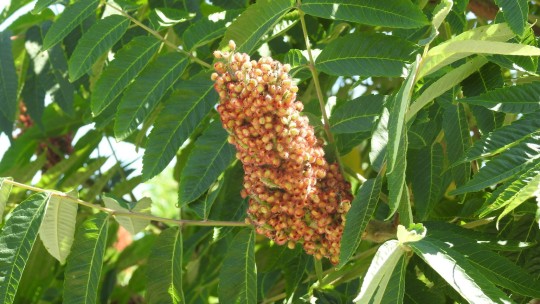
Staghorn Sumac - June 2022
While walking through the Cloisters on the Platte, I came upon a tree I had never seen before. Or at least, I had never seen one in bloom. This is a Staghorn Sumac tree. As can be seen in the second image, its seeds are formed in a long, tight, cone which evidently gives the Stag Horn its name.
MWM
0 notes
Text

Staghorns
#staghorns#staghorn sumac#beautiful#phoenixville photographer#phoenixville#niccilynnphotography#iphone#tumblr#brilliant#photography#pennsylvania#gorgeous#amazing#nature#tumblr photography#instagram#outdoors#philadelphia#nature tumblr
1 note
·
View note
Text
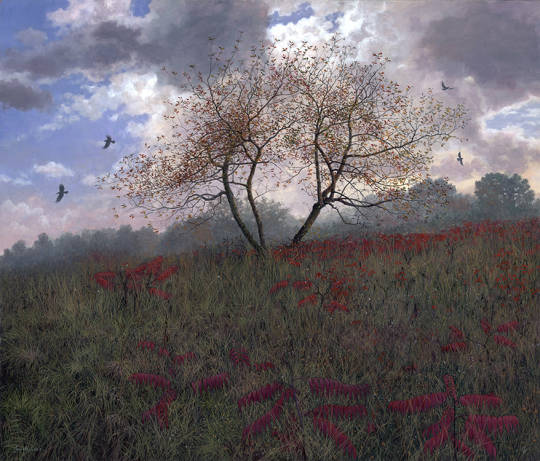
Staghorn Sumac (2018) by Timothy Barr (American, b.1957), oil on panel
1 note
·
View note
Text
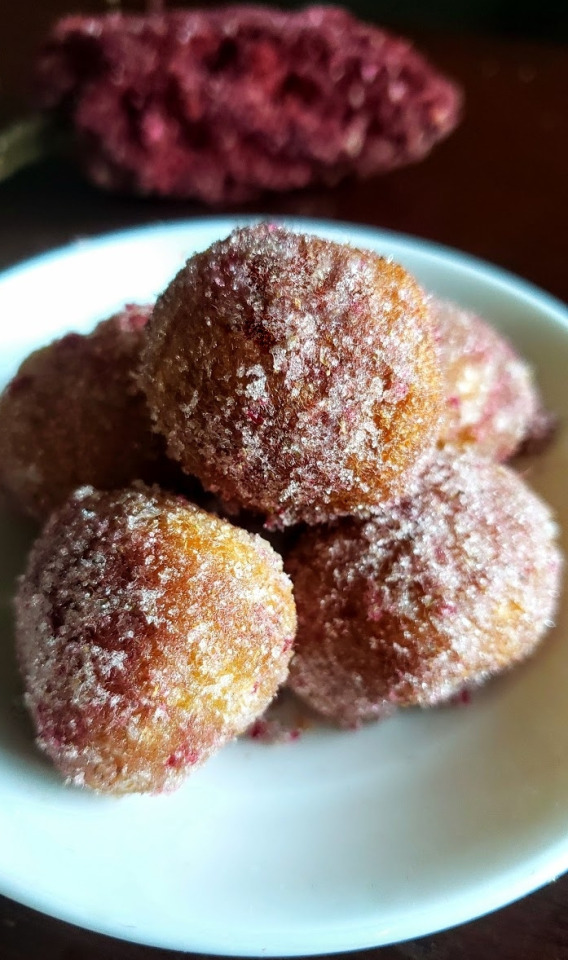

Staghorn Sumac Sugar Fritters
14 notes
·
View notes